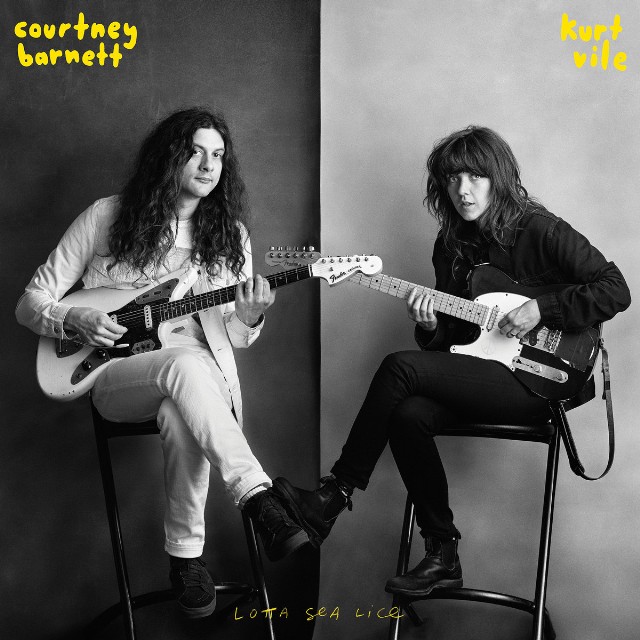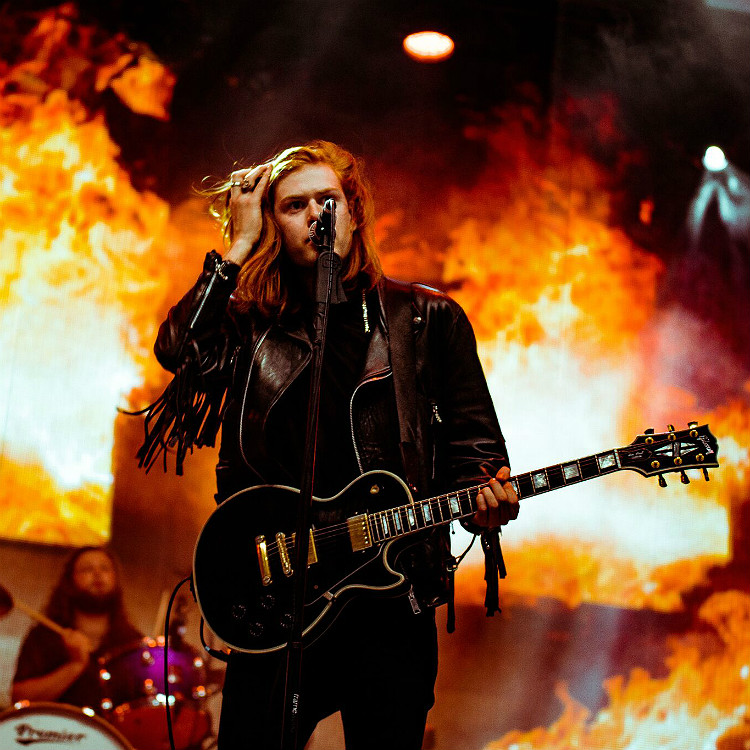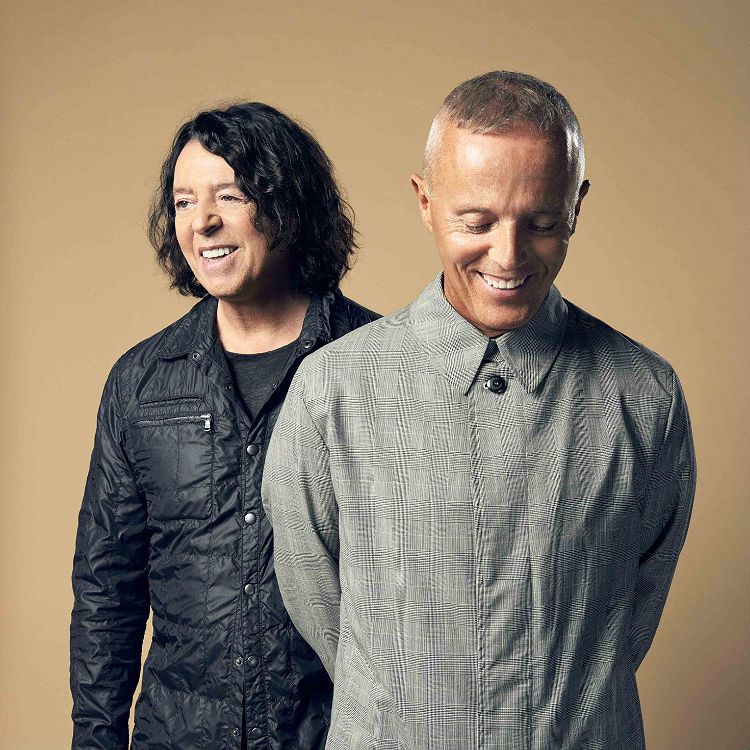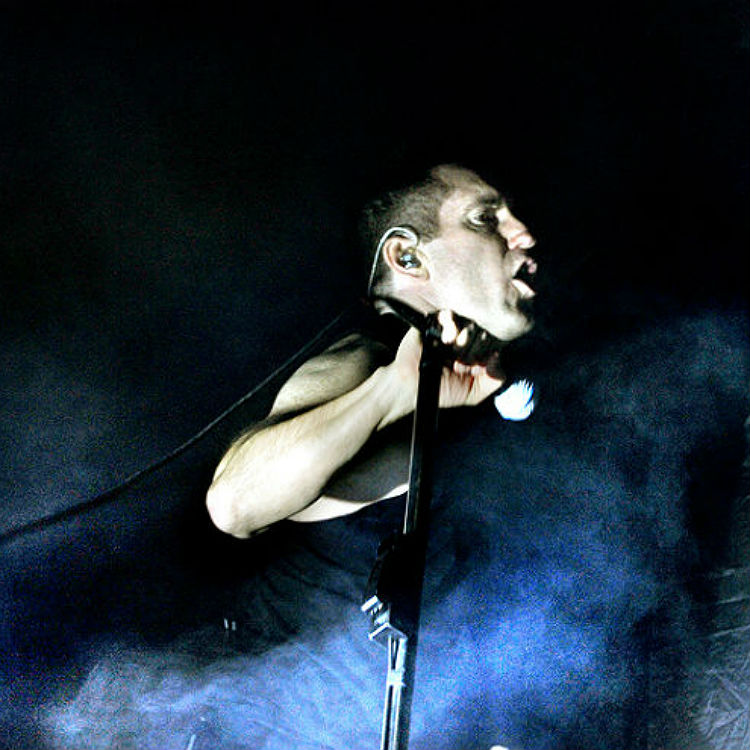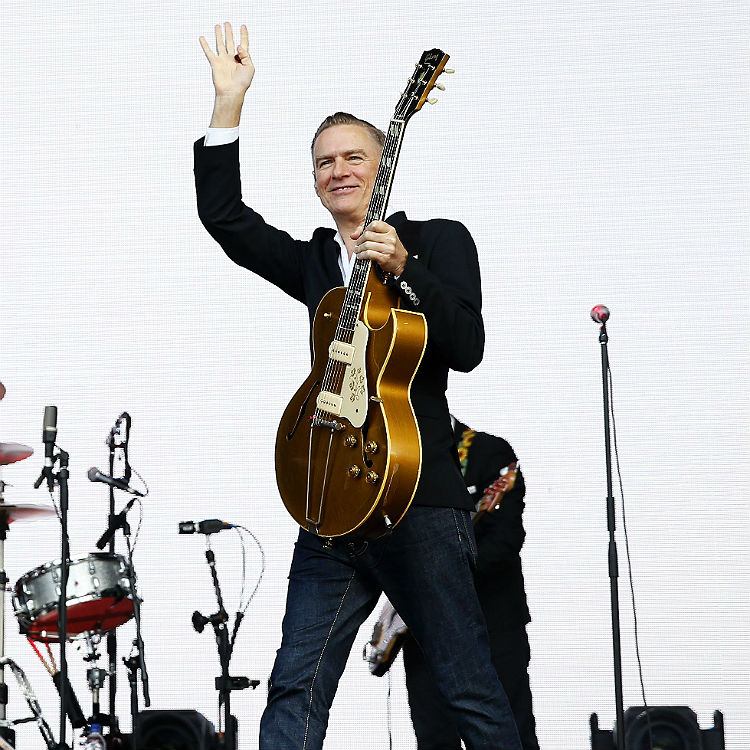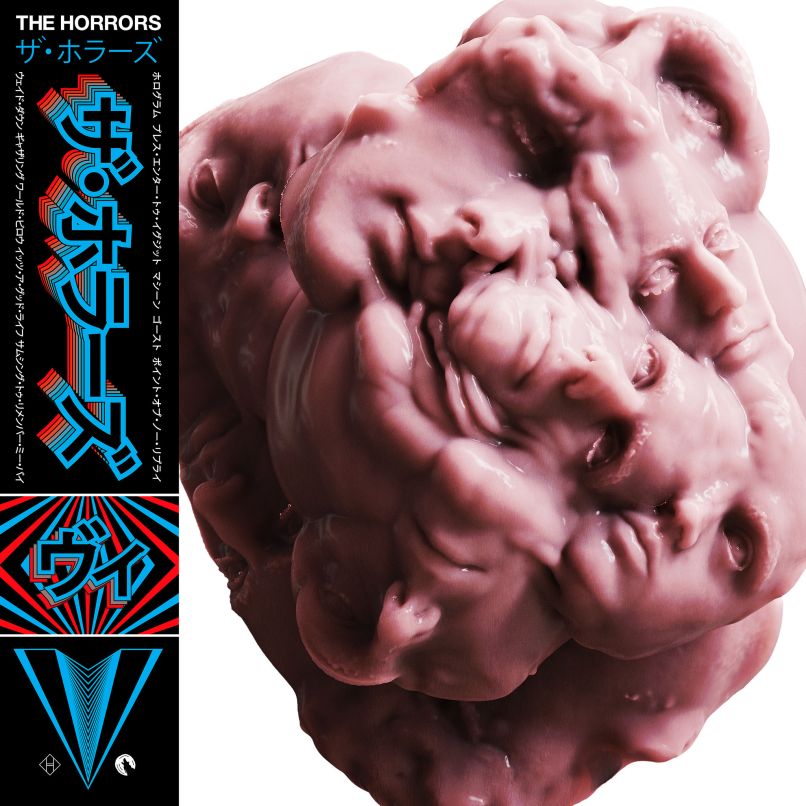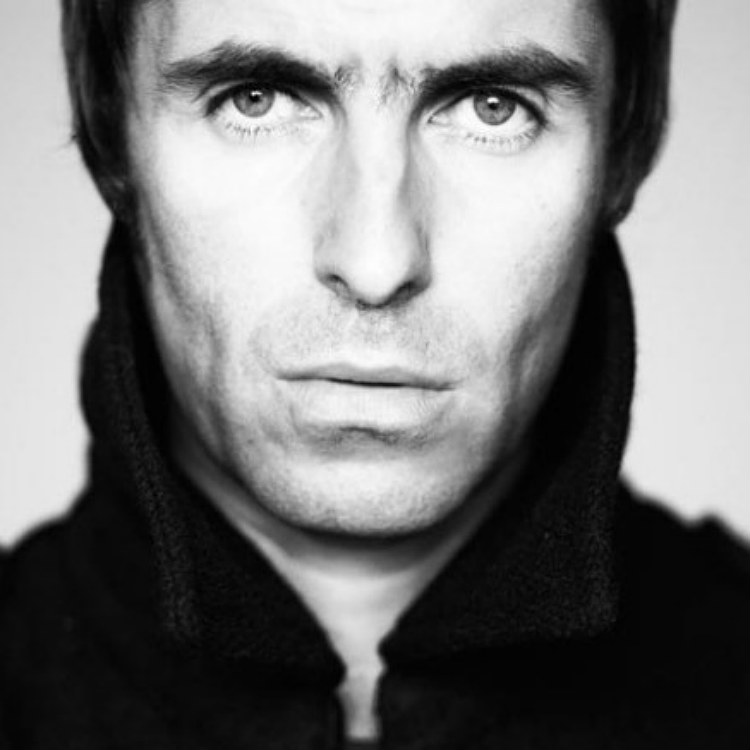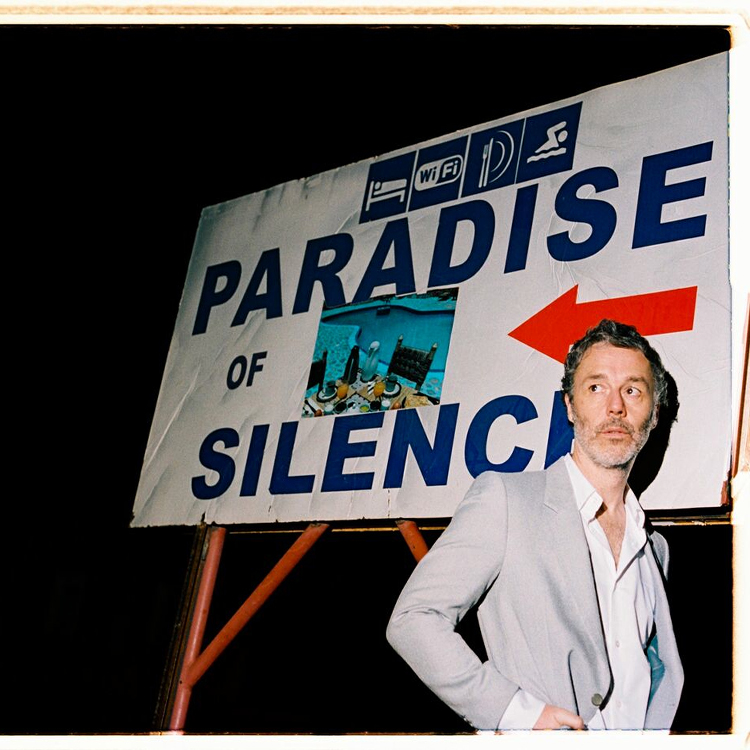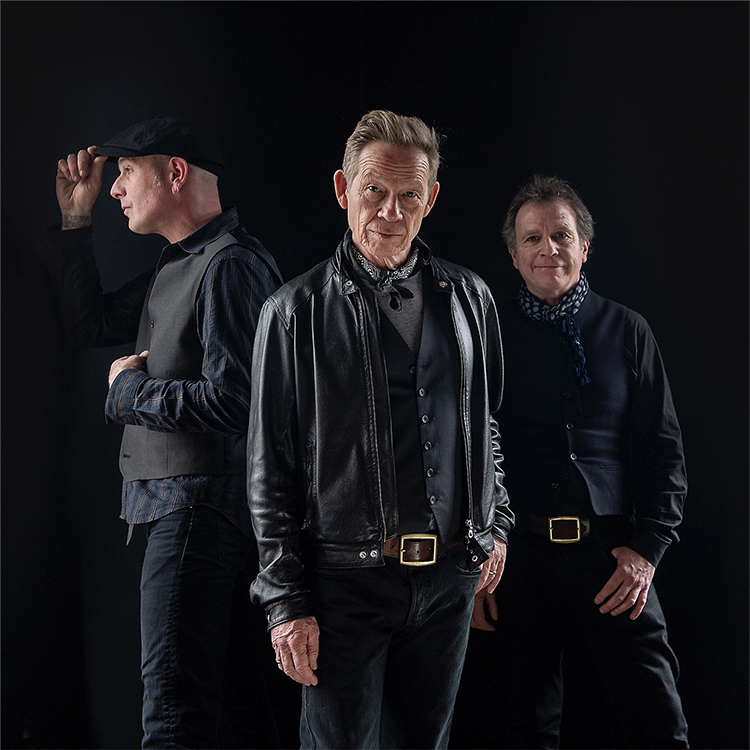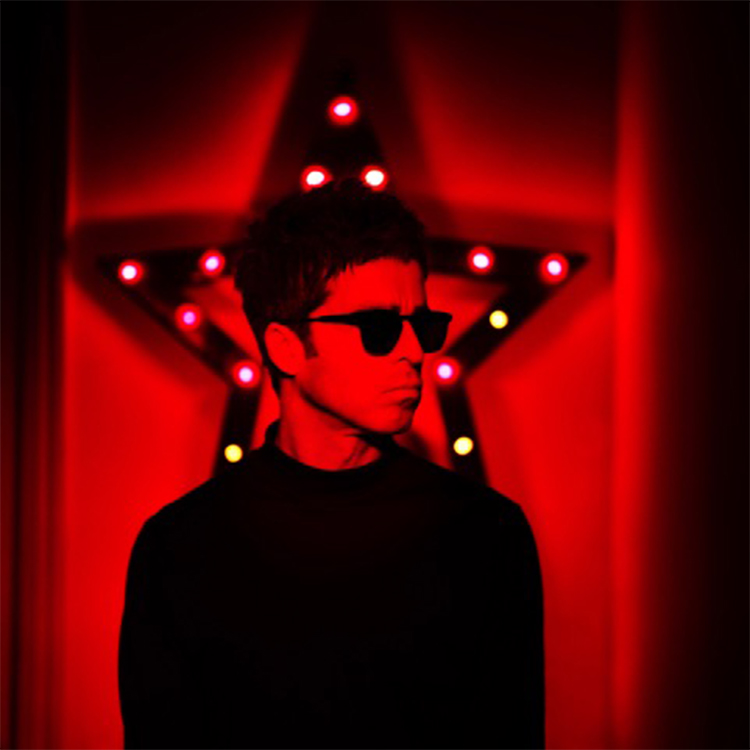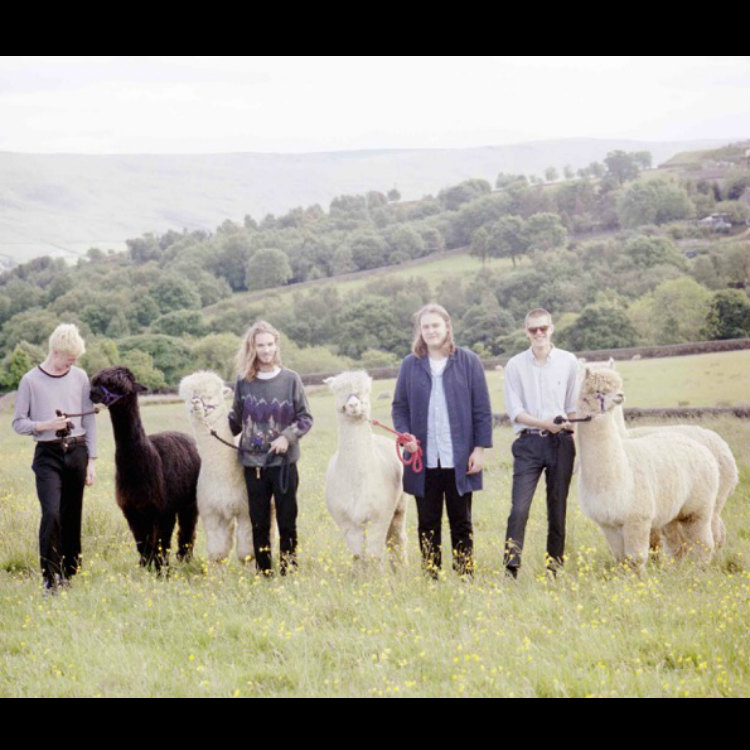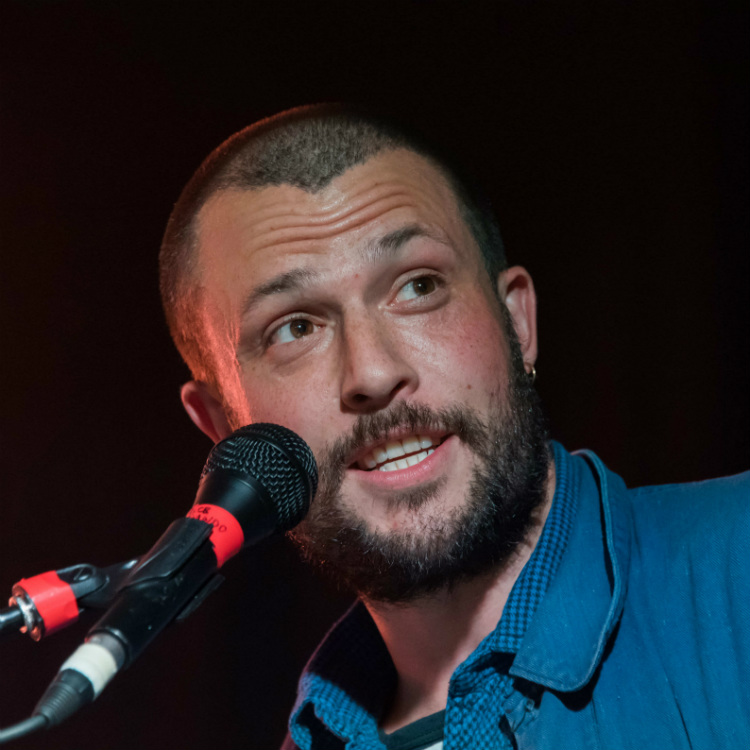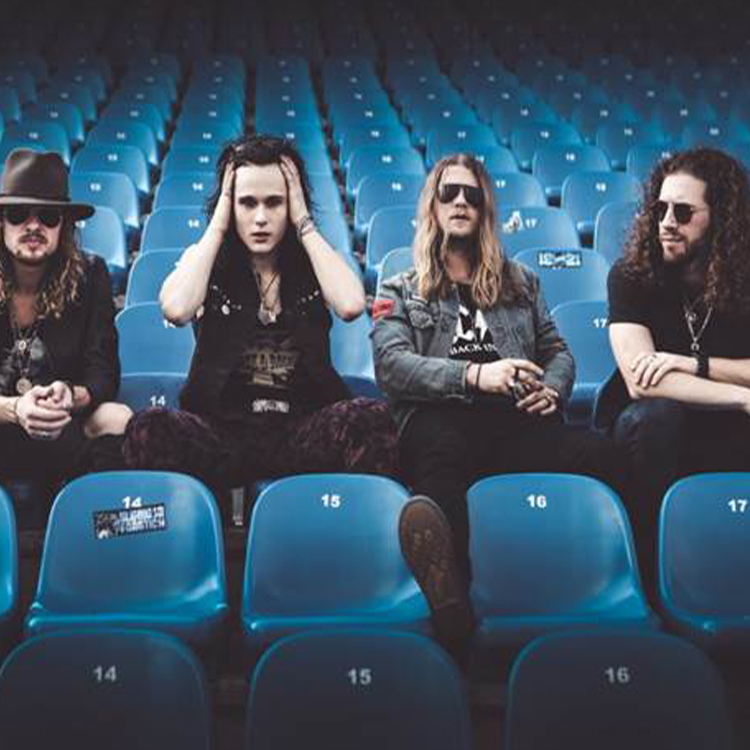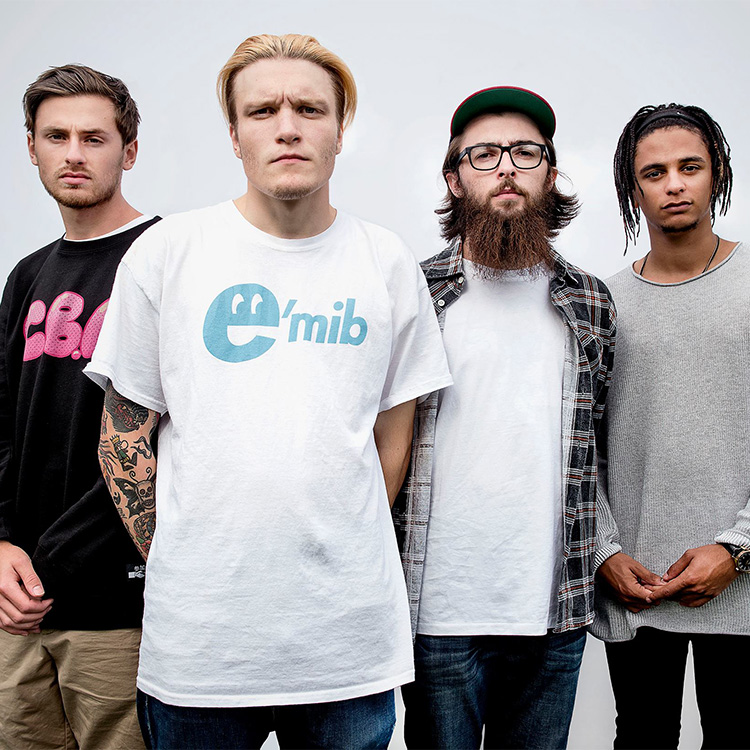As far as the UK is concerned, there are two well-kept secrets about Quebec, the beautiful French-speaking region of Canada. The first is that the Quebec people love the British – popular culture has it that they resent visitors and refuse to speak English, both are absolutely and entirely wrong. The second secret is the Summer Festival (The Festival D’Ete) which has just completed its fiftieth annual turnout – which somewhat dwarves the majesty of our own Glastonbury Festival, not only in terms of longevity, but also in its heavyweight pulling power in terms of getting major performers to come and play here. This is the result of a major policy change introduced ten years ago, to widen out the scope and genres of bands and artists invited to visit, expanding from the original francophone and world music influences, which has seen the popularity of the event grow massively as a direct result.
Because the musical performances are timed for the evenings, there is ample time for visitors to take in the many cultural and historic aspects that make a visit to Quebec City worthwhile. The city is rightly proud of its rich history and artistic influences, and there are various guided walking tours, usually bilingual, to give people a flavour of the city. The Old City, historically walled as a protection from potential invasion, is European in appearance and atmosphere, and the newer sections contain high-rise office and apartment buildings.
But history and culture aside, then ten days of The Summer Festival are for music fans, and vast numbers of them come into the citify from all over Canada and the U.S. to enjoy the wonderful value of the admission price. For the cost of a top ticket at any one of the headline bands’ concerts on a tour visit, you can enjoy all of them, and the huge bill of diverse music spread around the city for the duration.
The Festival is spread over several specific live venues around the city centre, and it also includes purpose-built outdoor stages, including the huge Bell Stage which is the largest portable stage in North America, and which looks out across the huge natural auditorium that is The Plains Of Abraham, site of a famous battle years ago, now a beautiful park all year round. This allows one-hundred-thousand-plus music fans to enjoy the cream of international talent that make the journey here year on year. Also included as venues are The Parc De La Francophonie, and the Place D’Youville which each hold ten thousand fans, and a variety of other regular music outlets around the city which hold events for the Festival.
The beauty of any festival is that you can happen across music that would otherwise elude you, and you have a chance to explore sounds, and stay if you like them, move on if you don’t. Because the Quebec music culture has such a vast range of musical styles and idioms, the chances of finding musicians who are seriously popular here, and virtually unknown in the wider world, is constant, and a joy for any explorers of music outside their own national parameters.
For its fiftieth anniversary, the Festival organisers had to pull in a substantial line-up to commemorate such a milestone, and that’s a tall order when you organise an event that has entertained people like The Rolling Stones, The Black Eyed Peas, Santana, Bon Jovi, Guns ‘n’ Roses, Bruno Mars, Stevie Wonder, Lady Gaga, Sting ... the list goes on.
Of course, such is the reputation of the event, that top name attractions are more than willing to travel here for a large helping of the love that Canadian audiences in general – and Quebec audiences in particular – have for international live music, and if it’s British, so much the better. That explains why the British top-line acts were in place. Consider this – on consecutive nights, I saw performances by The Who, Metallica, Gorillaz, and Muse, and that doesn’t include the first week’s activities which saw, again on consecutive nights – Kendrick Lamar, Pink, Backstreet Boys, and Lady Antebellum. Space precludes mentioning every performance, but Pierce The Veil, Of Mice And Men, The Struts, and Foy Vance were all performing in the city over the Festival period.
The differences in the Festival D’Ete and the only even vaguely comparable UK event in terms of size and status - Glastonbury Festival, are considerable, and all are positive. This is a city event, so all the venues are within a reasonable walking distance of each other, and that makes the inviting option of visiting a variety of different stages in one day and evening not only simple, but a direct part of the festival experience. No slogging across muddy fields is involved, you stroll down clean diverse city streets with a vast variety of eating places to enjoy. Heavily recommended for festival guests is the local delicacy called Poutine – it consists of French fries covered in cheese curds and light brown gravy. Think of it as a Quebec version of the kebab – perfect for the walk home after your final gig, and you get the idea. Because everyone is given a badge with a little red flashing LED light, it’s easy to pick out your fellow music fans moving around the city, and that adds the feel-good and family friendly vibe that is present in Canadian cities, and that simply increases with the excitement of people exploring new music as they make their way around the area.
The atmosphere at the major Plains Of Abraham outdoor arena varies noticeably depending on the main attraction – but it’s never less than welcoming and exciting in equal measure.
The Festival D’Ete may be a new name on the summer events list for UK music fans, but its value and diversity make it worthy of serious consideration for next year’s summer holiday. .


